Who can forget Princess Leia’s hologram asking for Obi-Wan Kenobi’s help in the movie Star Wars? That was perhaps the best-known hologram of the many used in the Star Wars franchise movies, but the power and promise of holographic technology have been depicted in science fiction stories for years.
The starship Voyager’s chief medical officer in Star Trek: Voyager was a hologram and holographic characters and ships are featured in several episodes in the Star Trek: The Next Generation series.
Holographic transportation is “an extension of mixed reality, a new use case if you will,” Rob Enderle, principal analyst at the Enderle Group, told TechNewsWorld. “It’s more a variant on telepresence.”
Real World Achievements
Aexa Aerospace, which provides custom software and hologram development for mixed and virtual reality devices for aerospace, medical and other industries, is one of several companies working on holographic transportation.
On June 16, the company demonstrated a holographic interaction between CEO Fernando De La Pea Llaca, in his Houston, Tx. office, and company software architect Nathan Ream (pictured above), in his Huntsville, Ala. office.
Ream’s hologram was imported into De La Pea Llaca’s office, then Ream pointed to various objects and read from a magazine in the CEO’s office in real time, when asked.
The two also played Tic-Tac-Toe. Ream won. However, an attempt to shake hands failed.
Aexa Aerospace has demonstrated the prototype to a potential client in a United States government department, Ream said.
It’s targeting a first release for late summer and that “could be working at the client’s facility before the end of 2020.”
Another player is Portl, which offers a hologram portal that looks like a door, measuring 7 feet tall, 4.5 feet wide, and 2.5 feet deep.
Users can beam a 4K resolution image in real time into the “Holoportal,” as the portal is called, from anywhere in the world.
It has a front-facing camera with motion capture, an AI-based facial recognition built into the bezel at its top, and embedded stereo speakers at head level to let the user interact directly with the audience in real time.
The machine also has USB and HDMI inputs; plugs into a standard 15-amp outlet; is available in 110V and 220V versions; and comes with a smartphone or tablet app for control, with its own dedicated router.
It requires a sustained Internet connection of at least 20 Mbps, and each device comes SIM-enabled for activation and integration with Portl’s proprietary content cloud ecosystem.
Then there’s Microsoft, which last July at Inspire 2019 in Las Vegas showed off its holographic transportation capabilities, when Azure Corporate VP Julia White put on a HoloLens 2 headset and generated a full-size hologram of herself with her speech translated simultaneously into Japanese.
For her demonstration, White combined Azure Speech-to-Text, Azure Speech Translation, and neural Text-to-Speech technologies.
Her life-size hologram was created at Microsoft’s Mixed Reality Capture Studios
Immersive Transportation vs Current Technologies
Microsoft researchers coined the name “holoportation” for holographic transportation. The company trademarked the term in 2018.
Still, holographic transportation “is not offering anything that augmented reality, virtual reality, mixed reality and cross reality doesn’t,” Michael Hoffman, a founding partner at Object Theory, told TechNewsWorld. Hoffman was a principal lead on the Microsoft HoloLens team.
For those not yet familiar with the attributes of these emerging technologies:
- Augmented Reality (AR) is an interactive experience of a real-world environment where computer-generated perceptual information enhances real world objects for several of the user’s senses.
- Virtual Reality (VR) is a simulated experience on a computer with a headset that may or may not be the same as the real world.
- Mixed Reality (MR) merges real and virtual worlds.
- Cross Reality (XR) is any combination of any or all of the other three realities.
Object Theory delivers AR, VR, MR, wearable AR and mobile AR projects to enterprise clients in a diverse set of industries; which include aerospace, architecture, engineering and construction, automotive, health, and manufacturing.
Most of the features immersive transportation offers are also available using videoconferencing.
“I would argue that [immersive transportation] is not offering anything that AR, VR, MR, XR doesn’t,” Hoffman said. “Instead, I would say that it offers a greater sense of presence with the ability to glean the non-verbal aspects of communication, such as emotional state and current focus.”
Expensive Endeavor
Current holoportation capture rigs to make the immersive transportation experience possible “are quite expensive and require huge amounts of computer resources,” Hoffman noted.
Microsoft’s main objective “will be to make it insanely easy to use Azure compute and cognitive services to stand up end-to-end holoportation experiences on any device on the market,” he added.
As for Portl, “Hotels, museums, casinos, malls, boardrooms, hospitals and airports are some of the categories we serve,” company CEO and founder David Nussbaum told TechNewsWorld. “But, perhaps most importantly, Portl devices, technology and software will be utilized quite a bit in education.”
Like Cisco’s initial forays into video teleconferencing, which required expensive fixed setups and substantial investments to instantiate, the current version of immersive technology “is probably not how the eventual technology will shake out,” Michael Jude, a research director at IDC, told TechNewsWorld.
Still, “It’s sufficient to generate interest and get developers thinking about applications and technology improvements,” he added.
5G Should Help
Eventually the ongoing evolution and drop in prices for the technology, and advances in 5G and edge computing, will offer “enough compute and bandwidth at an affordable price to support real-time, high fidelity, full 3D body scan teleportation,” Hoffman predicted.
That may happen sooner than expected. For example, Aexa’s HoloPort uses PCs and Microsoft HoloLens 1 or 2, and an Azure Kinect camera.
For the demo between Le La Pea Llaca and Ream, the CEO wore a Microsoft HoloLens 2 and Ream sat in front of an Azure Kinect camera connected to his Windows 10 PC’s USB port.
The Kinect camera sends a live point cloud to a HoloLens user across the Internet, Ream told TechNewsWorld. A point cloud is a set of points in space representing a 3D object, and a live point cloud is one that updates in real time.
Bandwidth requirements are about 10 Mbps, Ream advised.
Currently, the HoloPort supports Microsoft HoloLens 1 and HoloLens 2, and Aexa is looking at incorporating support for more AR and VR devices in the future.
Aexa’s technology is encrypted so “any user can install and run it from their own servers,” noted Ream.
Meanwhile, 5G capability may become more widespread soon. In December, Amazon announced AWS Wavelength, an Amazon Web Services infrastructure offering that’s optimized for mobile edge computing applications.
“Amazon’s promise of single digit latency with Wavelength would likely be very helpful for holoportation applications as delay in communications hurts the sense of realism the application is trying to provide,” Ream observed.
More Development Needed
Holographic teleportation “needs to be more realistic, it needs to have the instrumentation on the body be more complete, and it still needs more advancements in virtual rendering,” Rob Enderle remarked.
“But these problems exist for mixed reality in general, so, once the base technology fully matures, [immersive telepresence] will become far more accepted and useful. The technology isn’t yet where it needs to be to make the use case fully viable,” he added.
Aexa’s Ream asserted that holoportation “is certainly early days, but we believe in the future of the technology and wish to push it forward.”
“Future features combined with more widely available hardware will lead to holoportation becoming another tool in the way we communicate and interact, much like videoconferencing has,” he concluded.





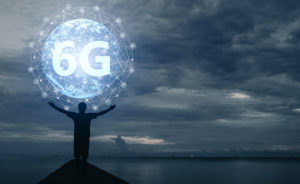
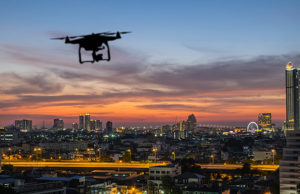
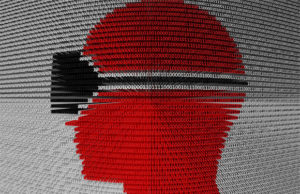













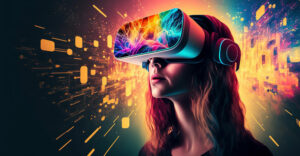


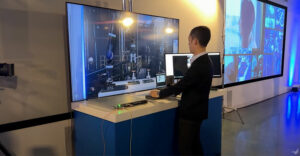
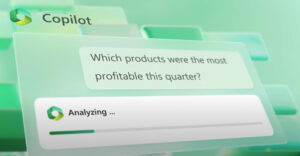
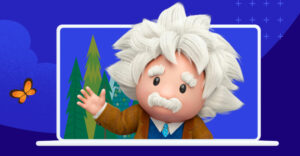
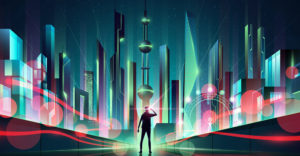

































How exactly does any of this help humanity?